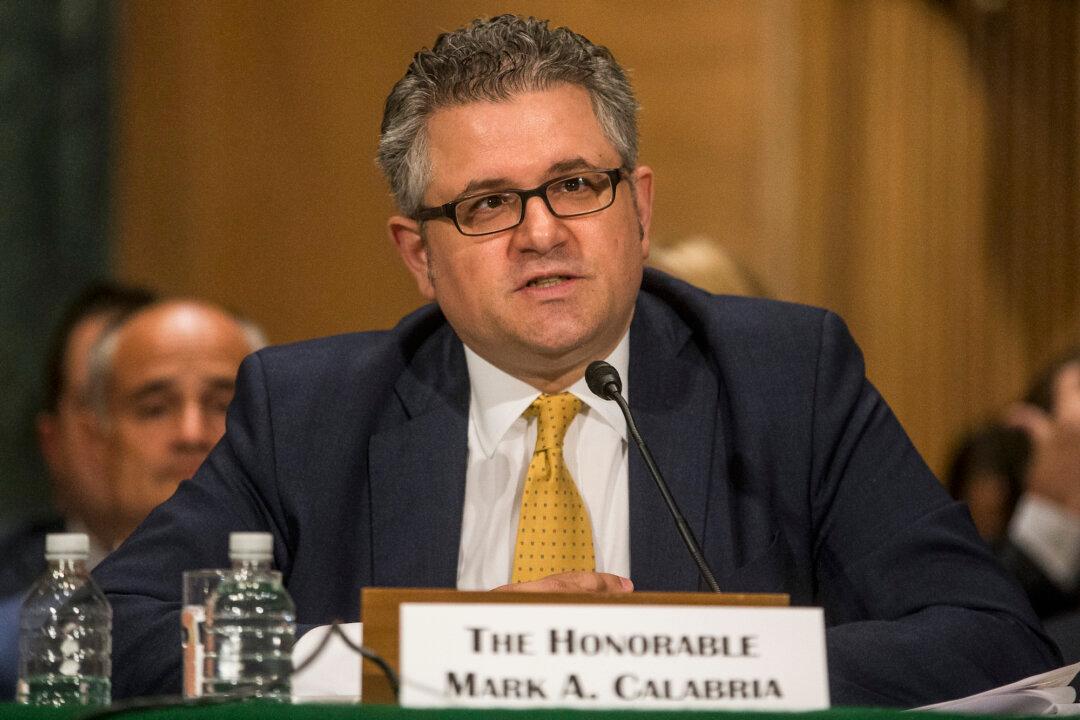U.S. mortgage servicers have won some relief by not having to cover as many missed home loan payments, which some financially stressed households can legally put off or partly pay because of the pandemic, federal officials announced.
The Federal Housing Finance Agency (FHFA) said in a release April 21 that mortgage servicers, who process home loan payments that are owed to mortgage bondholders, will only need to cover up to four months of missed payments. Prior to the change, mortgage servicers were on the hook for half a year of missed payments, which could be extended by another six months.





